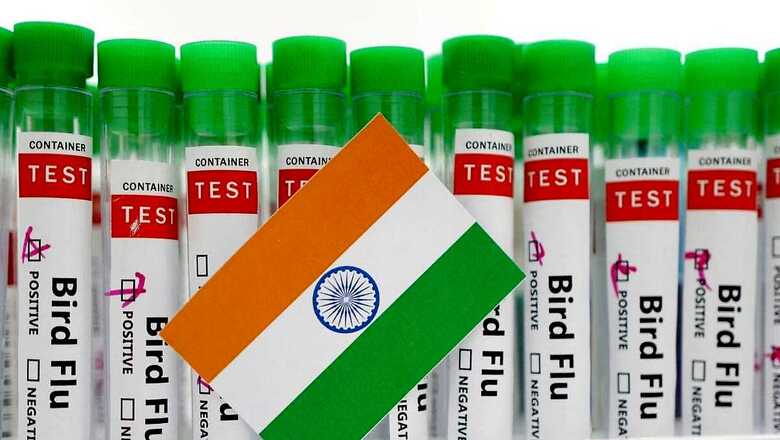
views
India’s top virologist said the chances of a pandemic starting with the bird flu virus, H5N1, are “very low”. But, it is well-known for being dangerous and, right now, its surveillance in the country is at “optimal levels”.
Global experts have sounded an alarm over the potential for a bird flu pandemic, which could be 100 times more drastic than Covid. In an exclusive interview to News18, ICMR’s head of virology Dr Nivedita Gupta, said it is “crucial to keep a close watch” on movements worldwide to stay safe.

The emergence of H5N1, also known as avian influenza, among dairy cows in the US, with a confirmed case of a human testing positive for the virus in Texas, has sparked considerable alarm. According to Gupta, who was the ICMR’s face during government briefings to the media during the coronavirus pandemic, H5N1 has been there since 1996. India has witnessed more than 350 outbreaks to date, of which the maximum took place in West Bengal and Odisha, she said.
“While this virus does cause sporadic human infections from poultry, we have seen a dead end after this. Human-to-human infections have never been caused,” Gupta said.
What is causing an alarm?
According to the World Health Organization (WHO), on July 21, 2021, India notified it about one human case of avian influenza (H5N1) from Haryana. This was the first such reported case in the country. Now, however, concerns are being raised as it is the first time bird flu has been detected in dairy cattle in the US.
“It is making headlines today because this virus has been reported in cows for the first time, and then from cows to humans. The influenza virus has many hosts, and it is impossible to say whether the cow is a new host or has always been its host,” the ICMR virologist said.
“This virus reassorts very quickly and combines itself with other viruses and sheds its RNA (ribonucleic acid). Hence, we call it most notorious and, hence, surveillance is important,” she added.
Gupta further said while the chances of an outbreak of a pandemic are “low and negligible”, India has a complete network of tracking and tracing. “We are working on optimal capacity and, so far, the entire network has not spotted any untypable strain and there is no signal of any new strain in India,” she said.
“We have a strong network to quickly detect any new or changed strain as we have been running pan-India surveillance since July 2021,” she added.
Why is the influenza virus lethal?
H5N1, a strain of the influenza virus, primarily affects birds and causes serious respiratory illness in them. But, it has sporadically crossed over to humans.
Although transmission among humans has not been common, when it does occur, the mortality rate can reach up to 60 per cent. In contrast, even with the most severe variants, Covid-19’s mortality rate was around 3 per cent; giving a sense of why any movement of this virus has triggered an alarm worldwide.
An expert in research coordination, viral infections and vaccine-preventable diseases, Gupta said the influenza virus has 18 H and 11 N types.
“When different H and N types get crisscrossed, many combinations emerge. Some have been detected while some never,” she said.
“While it’s proven that this virus is hazardous, it is notorious too; hence, a watch needs to be kept. It is impossible to contain this virus as it has been there for the last 28 years,” she added.
The virologist said the animal husbandry department is first to pick up symptoms in poultry, wild birds or ducks. The National Institute of High Security Animal Diseases (NIHSAD) in Bhopal has capabilities to monitor and detect influenza strains. Also, the ICMR has an extensive network to detect and sequence strains.














Comments
0 comment